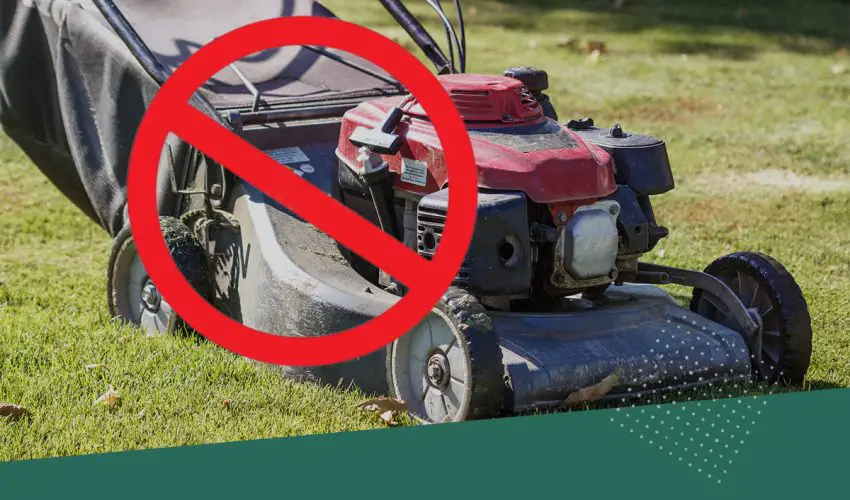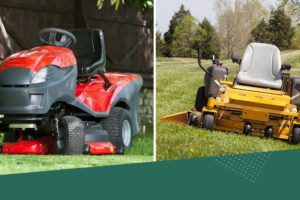California’s recent legislative move to phase out gas-powered lawn mowers and leaf blowers by 2024 marks a significant step towards the state’s ambitious environmental goals.
Table of Contents
ToggleThis initiative, driven by the need to reduce pollution and combat climate change, is part of a broader strategy to achieve zero emissions in the coming decades.
For homeowners across California, this legislation signals a shift towards more sustainable lawn care practices, emphasizing the importance of understanding the implications and preparing for the transition.
Understanding the Legislation
The ban on gas-powered lawn care equipment is rooted in the state’s findings on pollution levels associated with small off-road engines (SOREs). According to the California Air Resources Board (CARB), these engines contribute significantly to air pollution, with emissions from an hour of use comparable to driving a conventional car for hundreds of miles.
The decision to phase out these engines by 2024 is aimed at reducing these emissions, contributing to cleaner air and a healthier environment.
Implications for Homeowners
For California homeowners, the ban necessitates a shift away from gas-powered equipment towards electric alternatives.
While the legislation does not prohibit the use of existing gas-powered tools, it will halt the sale of new gas-powered lawn mowers and leaf blowers, pushing the market towards electric models.
This transition is expected to have several benefits, including reduced noise pollution and lower long-term costs due to decreased fuel and maintenance requirements.
Preparing for the Transition
Adopting electric lawn care equipment involves considering factors such as battery life, performance, and cost.
Modern electric models offer competitive performance and are increasingly designed to meet the demands of various lawn sizes and types.
Homeowners are encouraged to research the options available, taking advantage of state incentives and rebate programs designed to ease the financial burden of transitioning to electric equipment.
The Benefits of Electric Lawn Care Equipment
Electric lawn mowers and leaf blowers offer several advantages over their gas-powered counterparts. These include:
- Reduced Environmental Impact: Electric models produce zero emissions at the point of use, contributing to cleaner air and a reduction in pollutants that contribute to climate change.
- Lower Noise Levels: Electric equipment operates much more quietly, reducing noise pollution and making lawn care less disruptive to communities.
- Cost Savings: Although electric models may have a higher initial purchase price, they typically have lower operating and maintenance costs, offering savings over time.
Looking Ahead
The ban on gas-powered lawn care equipment is a critical component of California’s environmental strategy, reflecting a commitment to sustainability and public health.
As the state moves towards its zero-emission goals, homeowners play a vital role in this transition.
As we approach the 2024 deadline, staying informed about the latest developments in electric lawn care technology and taking advantage of available resources will be key to a smooth transition.
With collective action and a commitment to sustainability, California’s homeowners can lead by example in the nationwide effort to combat environmental challenges.





